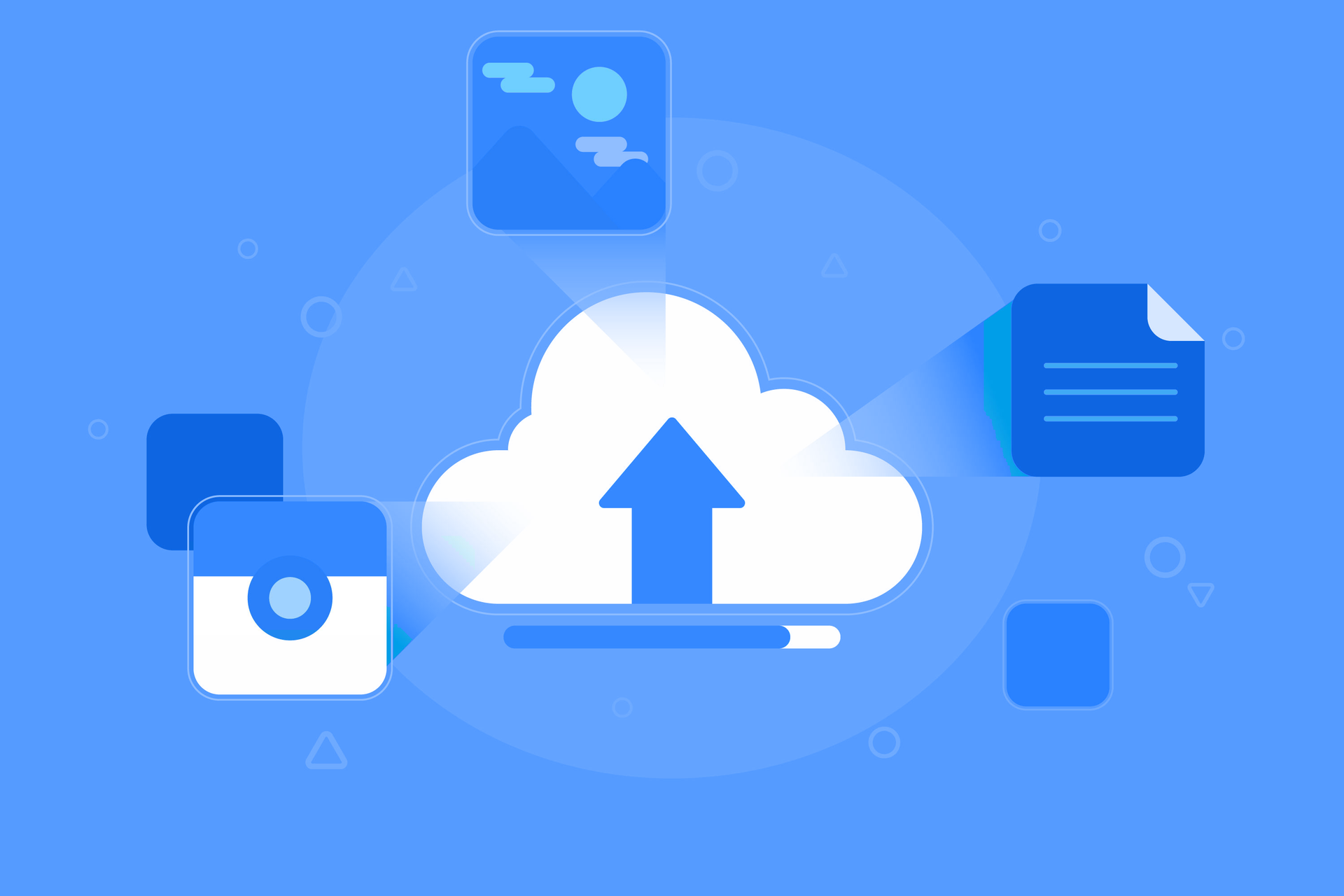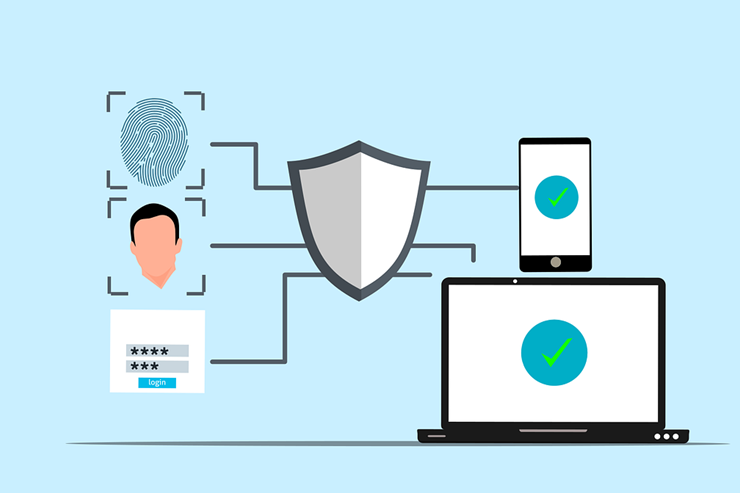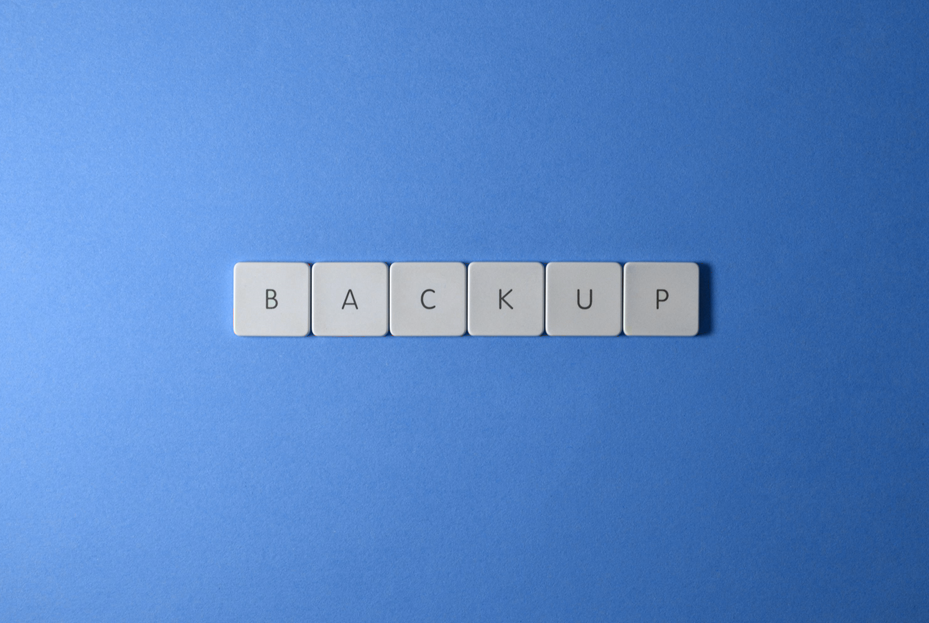Tips to reduce risks after a security breach
June 28, 2018

No company is completely safe from data breaches. For proof, look no further than companies like Yahoo, AOL, and Home Depot, which compromised millions of personal customer information. That said, no business is completely helpless, either. The following steps can minimize the risks to your business in the event of a large-scale data breach.
Determine what was breached
Whether its names, addresses, email addresses, or social security numbers, it’s critical to know exactly what type of information was stolen before determining what steps to take. For example, if your email address were compromised, you’d take every precaution to strengthen your email security, which includes updating all your login credentials.
Change affected passwords immediately
Speaking of passwords, change yours immediately after any breach, even for seemingly safe accounts. Create a strong password comprised of alphanumeric and special characters, and make sure you never reuse passwords from your other accounts.
Once you’ve changed all your passwords, use a password manager to help you keep track of all your online account credentials.
If the website that breached your information offers two-factor authentication (2FA), enable it right away. 2FA requires two steps to verify security: usually a password and a verification code sent to a user’s registered mobile number.
Contact financial institutions
In cases where financial information was leaked, call your bank and credit card issuers to change your details, cancel your card, and notify them of a possible fraud risk. That way, banks can prevent fraud and monitor your account for suspicious activity.
Note that there are different rules for fraudulent transactions on debit cards and credit cards. Credit card transactions are a bit easier to dispute because they have longer grace periods. Debit card fraud, on the other hand, is more difficult to dispute, especially if the fraudulent transactions happened after you’ve notified the bank.
Place a fraud alert on your name
Hackers who have your personal information can easily commit identity fraud. To avoid becoming a victim, contact credit reporting bureaus like Equifax, Experian, or Innovis and request that a fraud alert (also called credit alert) be added to your name. This will block any attempt to open a credit account under your name and prevent unauthorized third parties from running a credit report on you.
Putting a credit freeze on your name might result in minor inconveniences, especially if you have an ongoing loan or credit card application. Still, doing so will greatly reduce your risks of getting defrauded.
These steps will ensure you don’t fall victim to identity theft in the event of a large-scale data breach. If you want to take a more proactive approach to protect your sensitive information against breaches, contact our cybersecurity experts today.
Published with permission from TechAdvisory.org. Source.

A slow computer or a frozen screen are the worst things that can ruin your day. You've most likely dealt with outdated technology on multiple occasions if you manage a small business. It may seem cost-effective to extend the life of outdated equipment, but the long-term costs are frequently higher. Due to technological issues like sluggish PCs and antiquated laptops, small businesses lose about 98 hours annually, or 12 working days . This is why it's important to have an IT refresh plan. It helps you stay safe, prevents unplanned malfunctions, and keeps your team operating efficiently. Regardless of whether you outsource managed IT services or handle them in-house, a solid refresh strategy can save time, stress, and money down the line.

Does your small business ever feel like it has too much data? This is a fairly typical occurrence. The way small businesses function has changed as a result of the digital world. In addition to customer emails and backups, we now have an overwhelming amount of data to manage, including financial statements, contracts, logs, and employee records. According to a PR Newswire survey, 72% of company executives say they have stopped making decisions because the information is too overwhelming. All of this data can easily become disorganized if improperly handled. By implementing the appropriate data retention policy, effective IT solutions assist. A strong data retention policy keeps your company compliant, organized, and cost-effective. Here's what should be deleted, what should be kept, and why.

Selecting the best cloud storage solution can be similar to being faced with an endless buffet of options, each one claiming to be the best. A poor choice may result in lost revenue, compromised data, or even a snag in productivity. The stakes are extremely high for small business owners. Regardless of your level of experience, we will guide you through this thorough guide to help you choose a cloud storage solution that is specific to your company's needs.

Cyber threats are a daily reality for small businesses navigating an increasingly digital world; they are not merely an abstract concern. Financial and reputational harm can result from ransomware attacks, phishing scams, or unintentional data leaks. In order to reduce the risks, more businesses are using cyber insurance. Not every cyber insurance plan is made equally. Many business owners think their policy covers them, but they discover (too late) that it has significant gaps. We'll explain exactly what is and isn't covered in this blog post, along with how to pick the best cyber insurance plan for your company.

Have you ever questioned how susceptible your company is to online attacks? Nearly 43% of cyberattacks target small businesses , frequently taking advantage of lax security measures, according to recent reports. Multi-Factor Authentication (MFA) is one of the most underutilized yet powerful ways to safeguard your business. Even with your password, hackers will find it much more difficult to obtain access thanks to this additional security measure. The implementation of Multi-Factor Authentication for your small business is explained in this article. Knowing this will enable you to take an important step toward protecting your data and guaranteeing more robust defense against possible cyberattacks.

Managing a small business requires a lot of multitasking. These hats include operations management, customer service, and maintaining order. AI-powered automation is a solution that can reduce the workload. Small business owners can now automate tasks that were previously done by hand thanks to technological advancements that have made these tools more affordable and accessible than before. There's no need to hire a big staff or spend a fortune. AI can manage a large portion of your hectic workload, allowing you to concentrate on more crucial facets of your company. AI can act as your virtual assistant, increasing productivity and simplifying processes, whether you're a small team manager or a solopreneur. This blog post explores how you can automate everyday tasks and free up your time if you want to learn more about how AI can change your company. We'll demonstrate how to use reasonably priced AI tools to reduce repetitive tasks, save time, and increase business efficiency.

In today's digital world, cyber threats are smarter than ever. Weak passwords or old ways of proving who you are can cost people and businesses money, steal their data, or steal their identities. A strong password is the first thing that will keep hackers out, but it's not the only thing that will work. This guide goes over the basics of strong passwords, two-factor authentication, and the best ways to keep your accounts safe. We'll also talk about new ways to check things and things you should never do.

A sophisticated type of cyberattack known as "password spraying" uses weak passwords to acquire unauthorized access to numerous user accounts. This approach focuses on using a single password or a collection of passwords that are frequently used across multiple accounts. The goal is to circumvent standard security protocols, such as account lockouts. Password-heavy attacks are highly effective because they target people and their password management practices, which are the biggest weakness in cybersecurity. This ar ticle will describe how password spraying operates, address how it differs from other brute-force attacks, and go over how to detect and prevent it. We will also discuss how businesses can defend themselves against these threats and examine real-world examples.

What would happen if tomorrow your company lost all its data? Would your operations come to a complete stop, or would you be able to recover? Data, including communications, financial records, product files, and customer information—is the lifeblood of any small business. However, data security is frequently neglected. After a disaster, 25% of small businesses close within a year, and 40% never reopen , according to the Federal Emergency Management Agency (FEMA). That represents an incredible 65% failure rate because of inadequate preparation. The good news is here. An enterprise budget and a dedicated IT staff are not necessary for disaster data protection. You can create a backup and recovery plan that reduces downtime and provides you with peace of mind if you have the right approach, the appropriate tools, and a little forethought. In this blog post, we will discuss practical and easy-to-follow advice to help you protect your most valuable business asset: your data.

